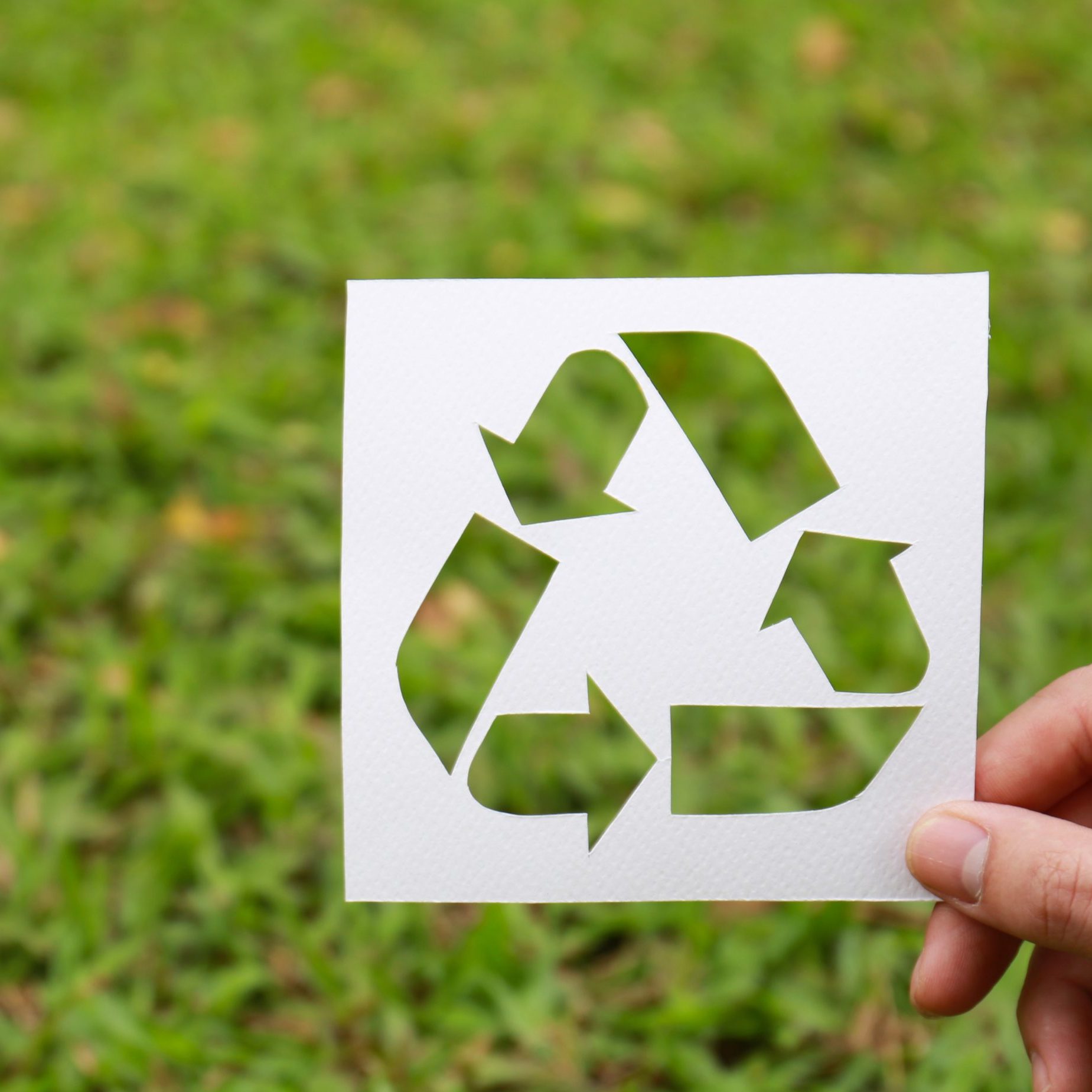The federal infrastructure measures signed by President Joe Biden last month include some funds for recycling and environmental programs that would be of interest to the flexible packaging industry, according to a lobbyist for the Flexible Packaging Association (FPA).
The bipartisan infrastructure package includes about $275 million for a federal grant program called Save Our Seas 2.0 Act, says Liz Roberts, principal and co-founder of Capitoline Consulting, LLC, based in Washington, D.C. It is designed “to prevent plastic debris from polluting marine environments and having adverse effects on human health and wildlife,” Roberts says.
She adds that the new infrastructure bill includes money for the Post Consumer Materials Management Grants program to provide funding to states to support local improvements, including municipal recycling programs and local waste management systems.
An additional $75 million has been earmarked for the RECYCLE Act, which is a grant program administered by the federal Environmental Protection Agency (EPA) to educate consumers about residential recycling. The $75 million would be spread over 2022 to 2026 in $15 million increments, according to published reports.
More funding might come later for infrastructure, Roberts suggests. “The hope is that Congress will support funding in the future for recycling infrastructure,” she says. “FPA is a strong proponent of the RECOVER Act—legislation introduced in the House by Rep. Tony Cárdenas—to authorize the EPA to establish a recycling infrastructure program. Under the program, the EPA may award financial assistance to states, local governments, and tribal governments to support and expand their recycling infrastructure and programs.”
Some observers, such as officials with FPA, have suggested that a national approach to recycling is important, especially because the splintered nature of recycling among thousands of communities means there is no one standard on how to handle waste.
Roberts notes that the EPA recently released a report to address such concerns: the National Recycling Strategy: Part One of a Series on Building a Circular Economy. One goal of the strategy is to continue to get feedback and support from the various stakeholders.
“High-level federal attention to such an important issue will continue to provide opportunities for FPA to highlight the benefits and effectiveness of flexible packaging and its positive sustainability profile,” she says.
In the plan’s introductory letter from Michael S. Regan, EPA administrator, Regan notes that the nation continues to talk about the phrase “reduce, reuse, recycle.”
“But those three words can only take us so far—it’s time to transform the United States recycling system,” Regan writes. “Our current recycling system is at a crossroads and desperately needs creative energy to better serve the needs of the American people.”
He points out that markets for recyclables vary greatly and there is no standard way to measure system performance, while some people are confused about what materials can be recycled. He also mentions how efforts to improve recycling are part of the Biden Administration’s overall goal to improve social and environmental justice.
“Living near recycling facilities also takes a toll on already overburdened communities when materials are not properly managed,” Regan writes. “Black, Latinx, Indigenous, and low-income communities continue to be disproportionately impacted by higher pollution levels, which result in adverse health and overall quality of life impacts.”
Part 1 of the National Recycling Strategy, which was released on Nov. 15, “is a critical
effort in work to build a circular economy for all,” he also says.
Thomas A. Barstow is senior editor of FlexPack VOICE®.
SIDEBAR
Here are the key objectives of the 2021 National Recycling Strategy released last month:
- Improve markets for recycled commodities.
- Increase collection and improve materials management infrastructure.
- Reduce contamination in the recycled materials stream.
- Enhance policies and programs to support circularity.
- Standardize measurement and increase data collection.
For information about the National Recycling Strategy, go to www.epa.gov/recyclingstrategy/circular-economy-implementation-plan-online-platform.
